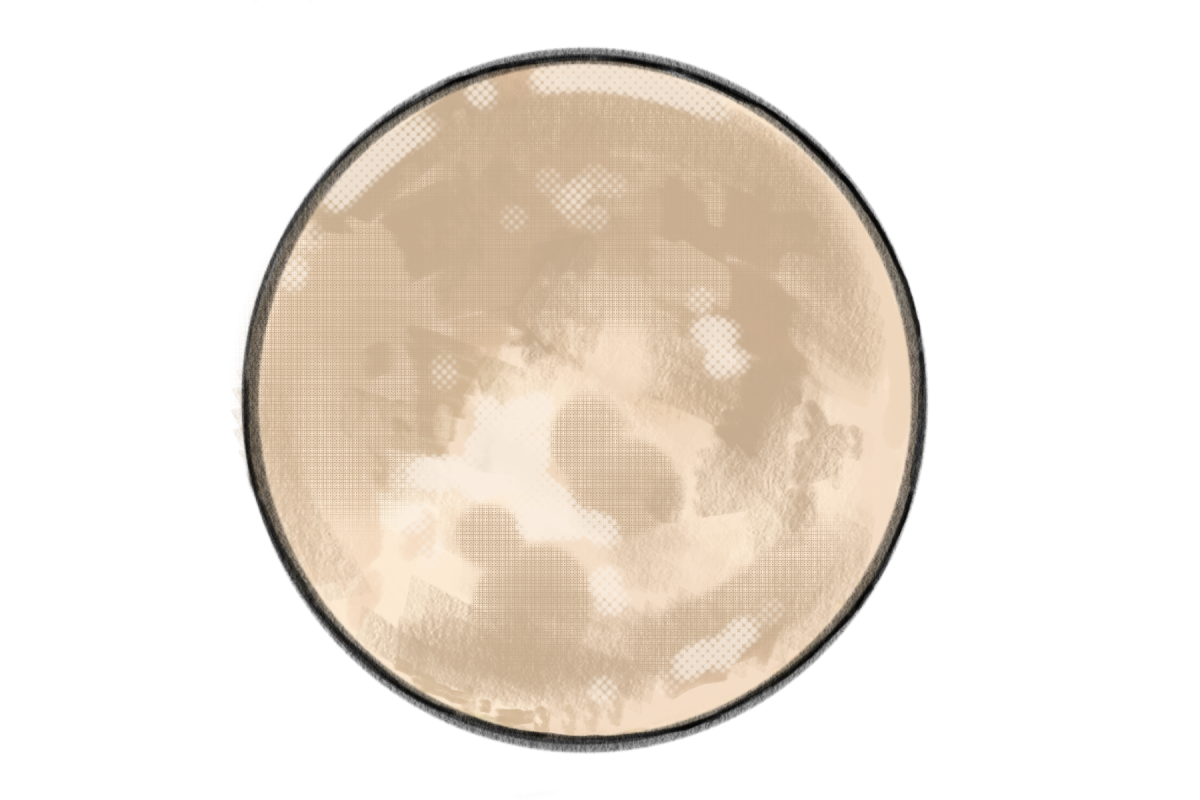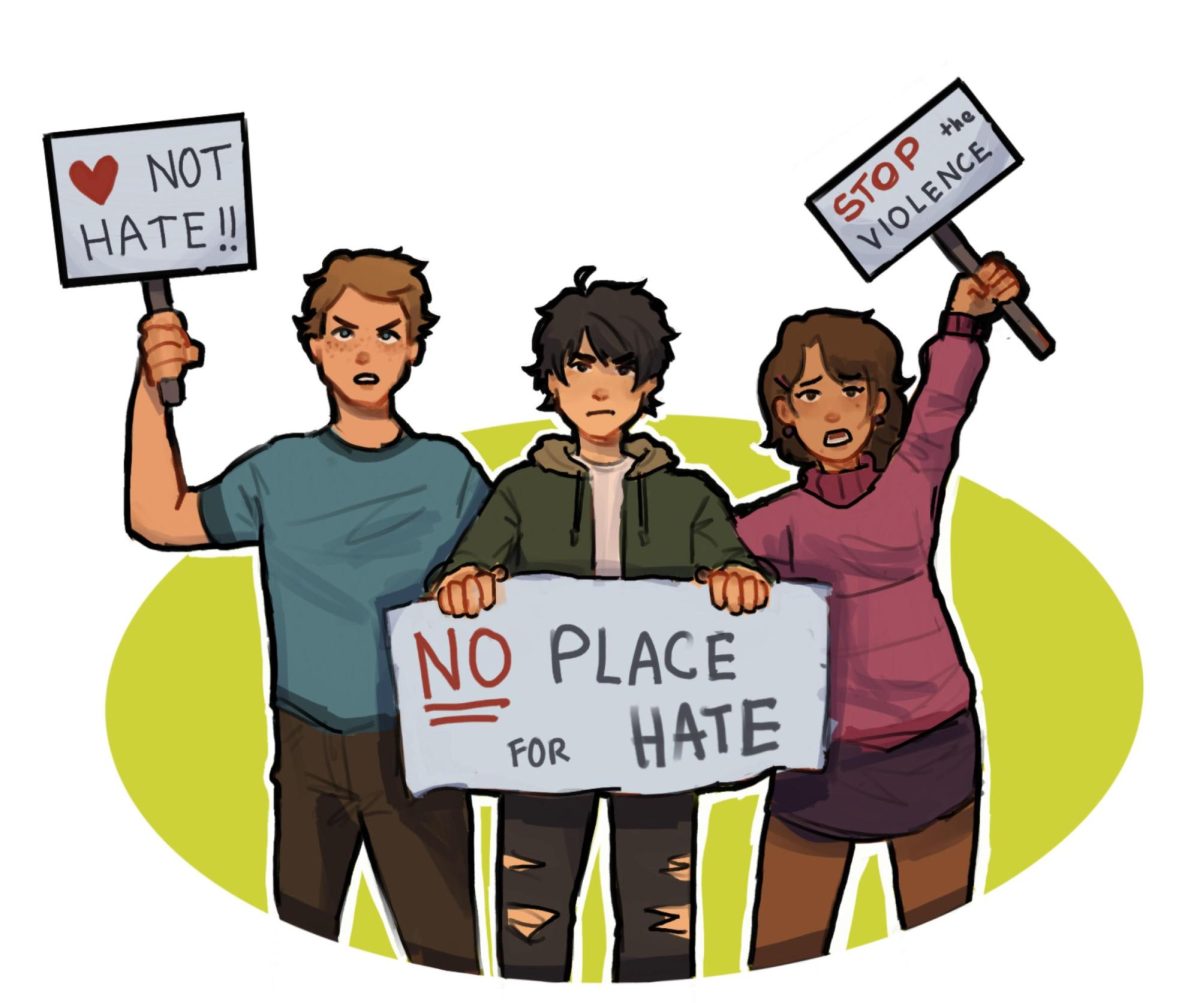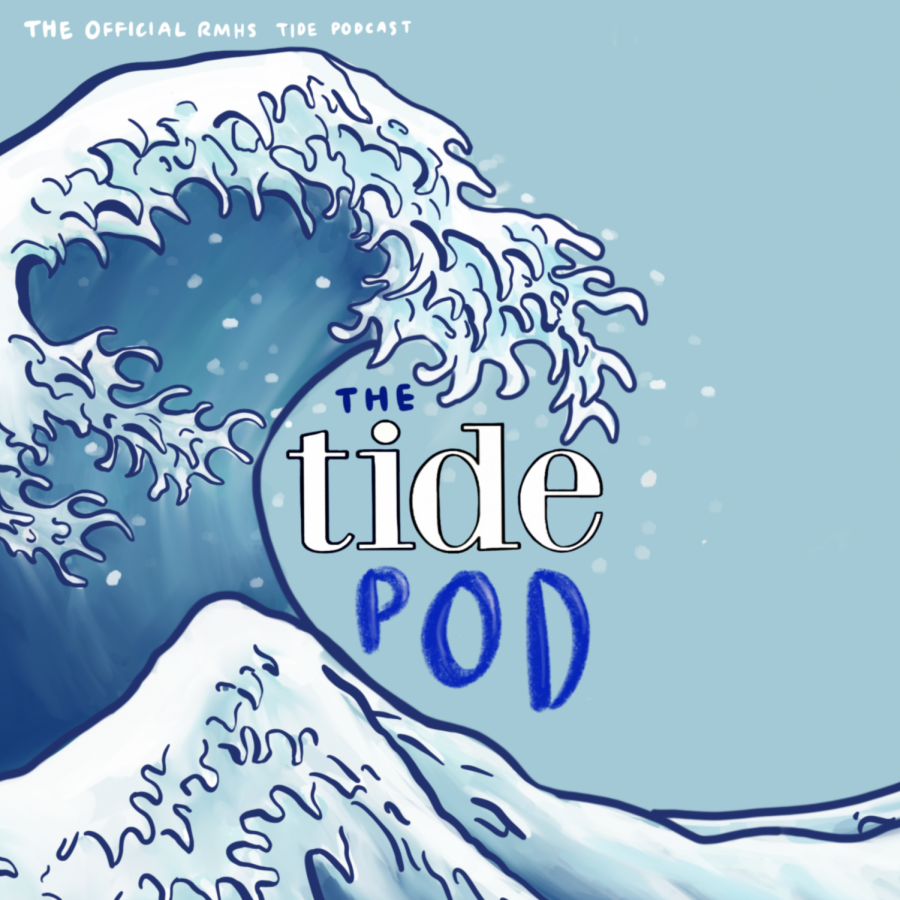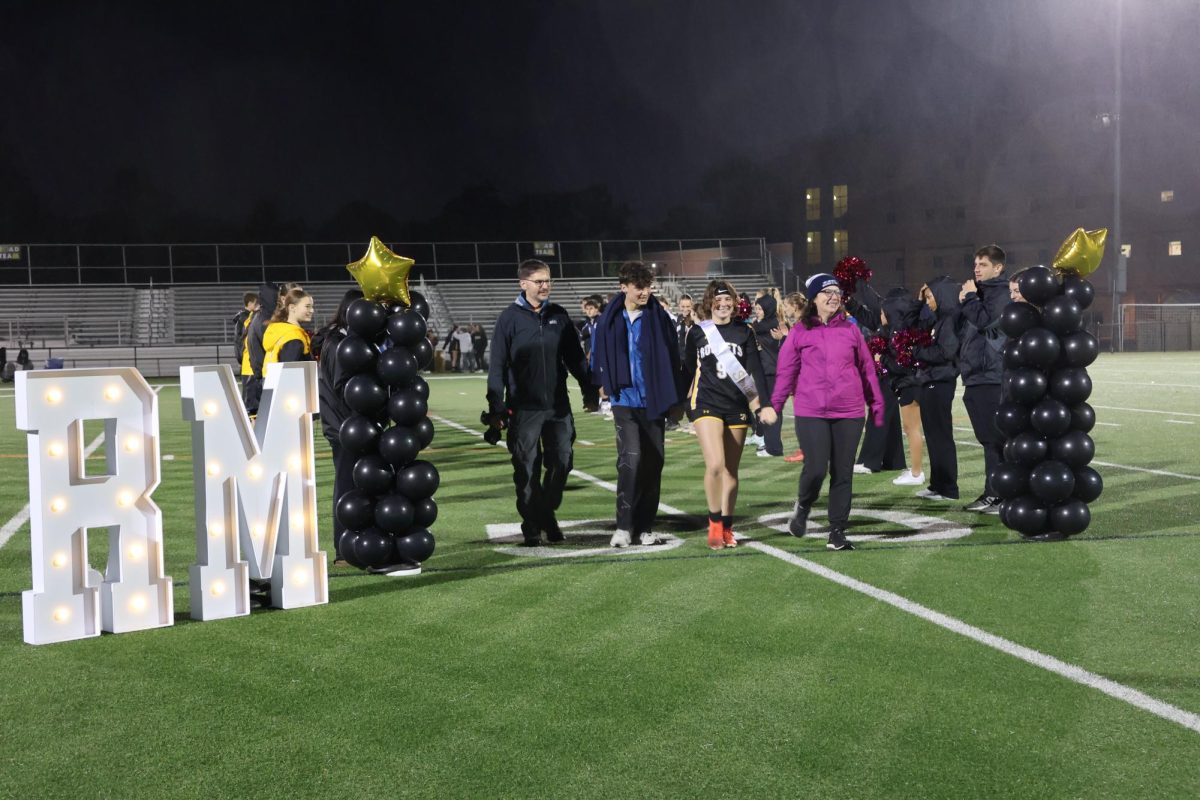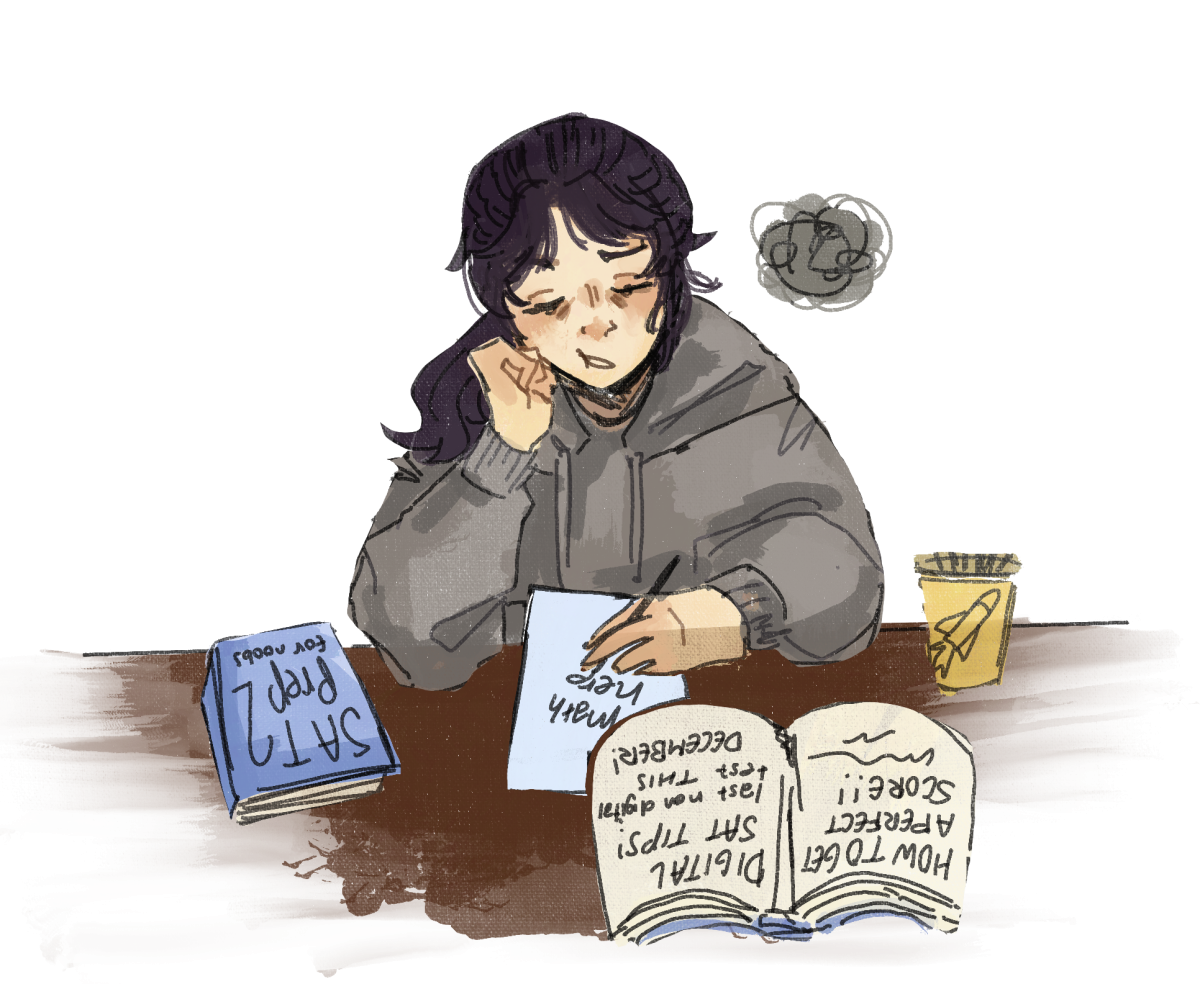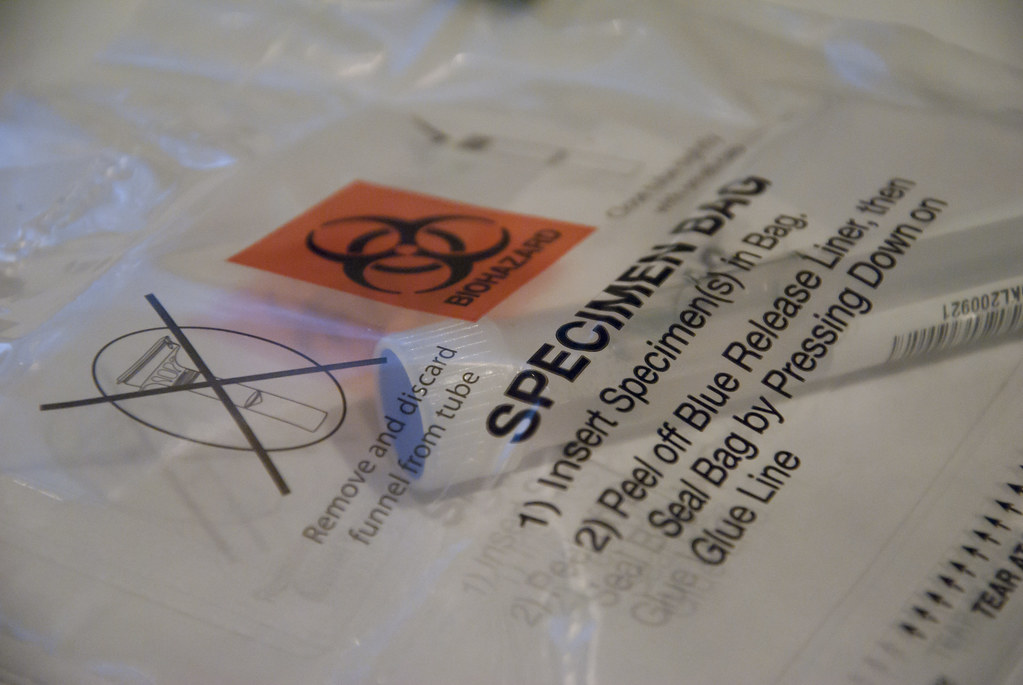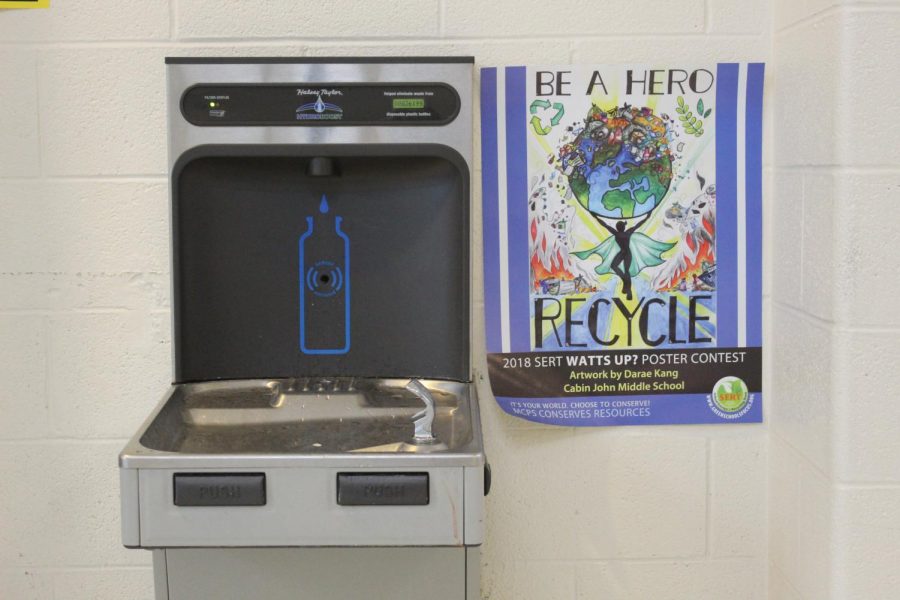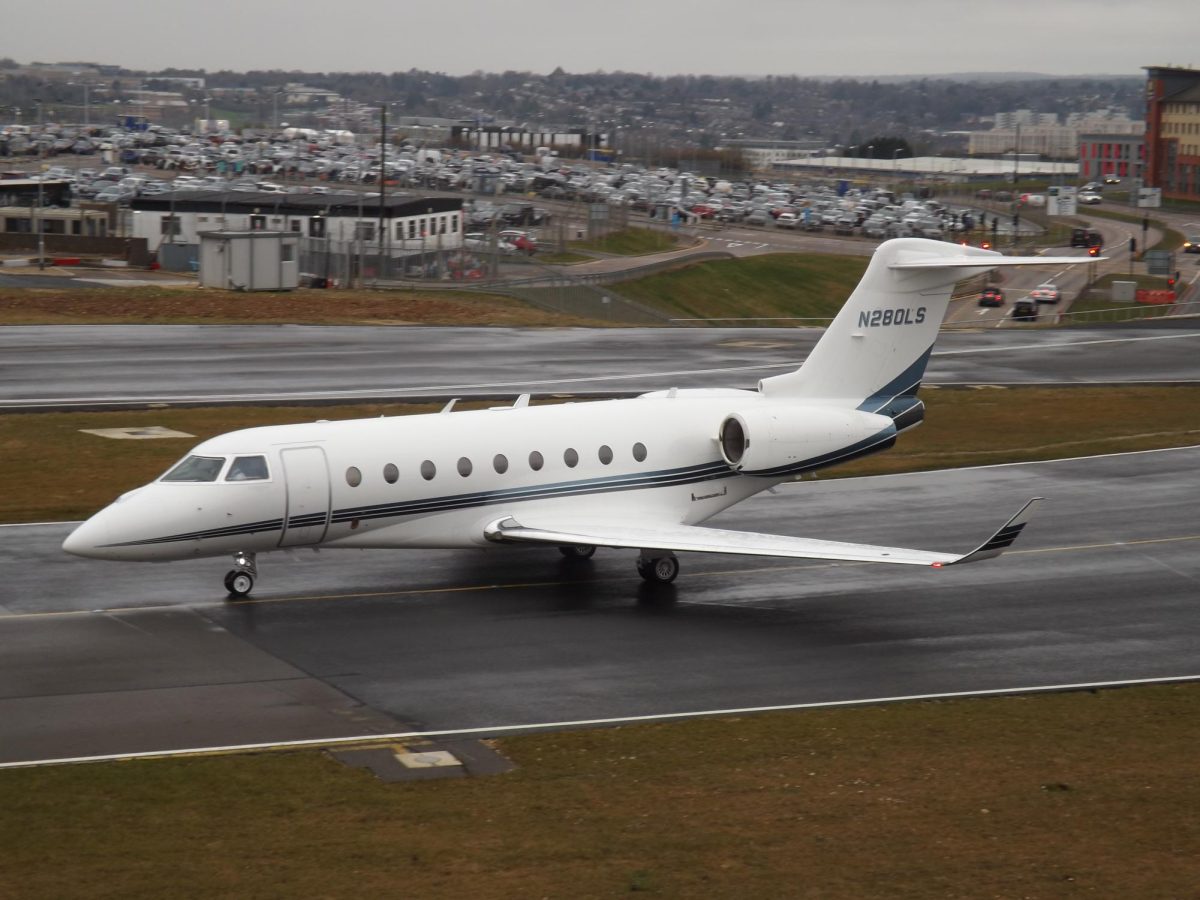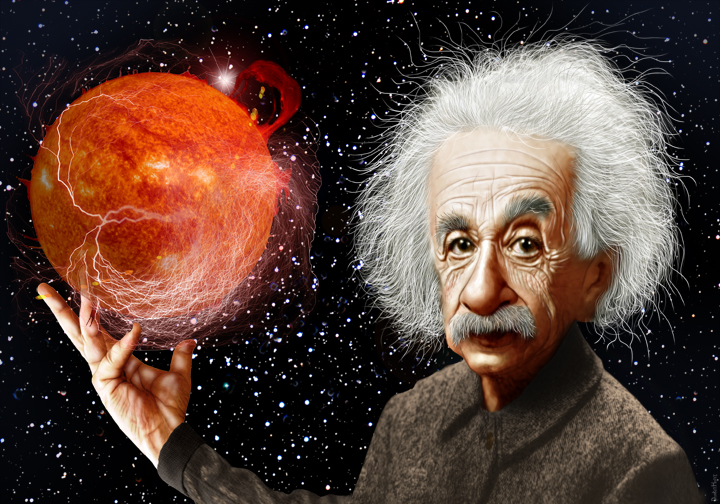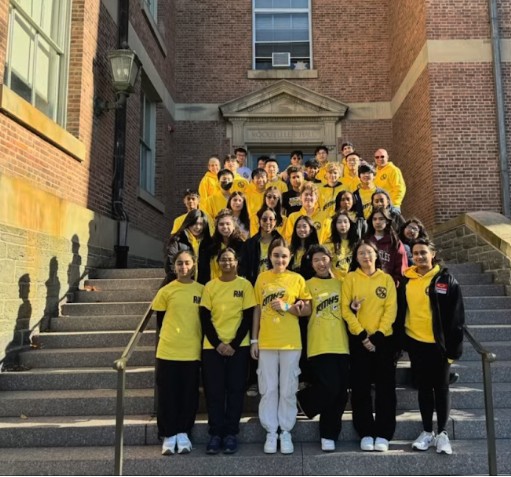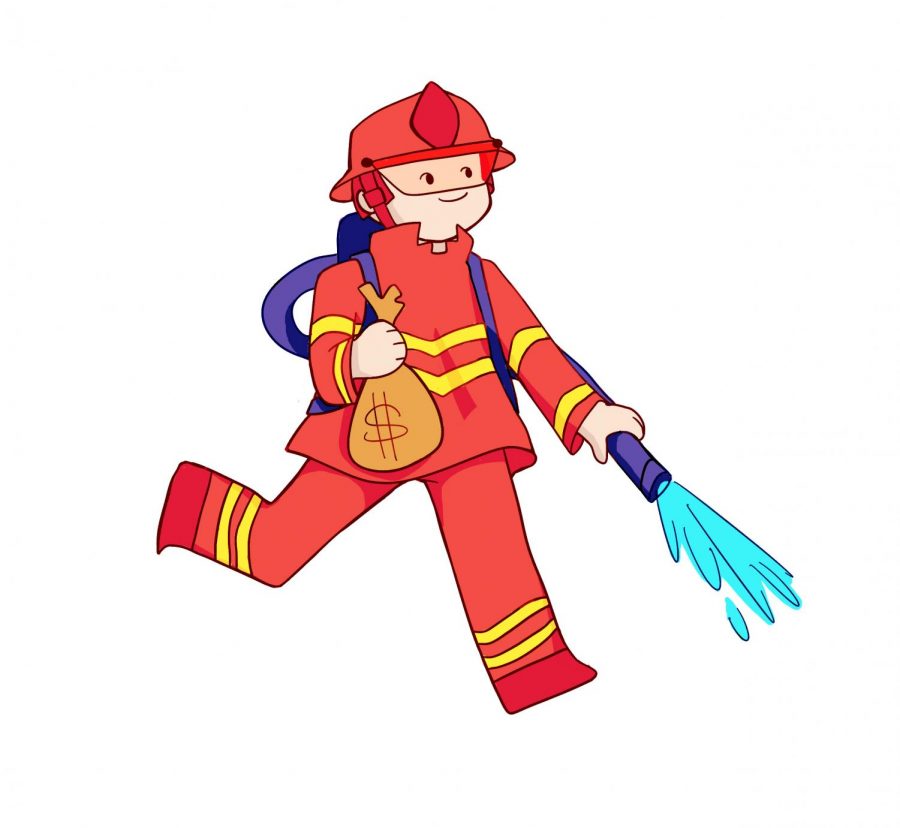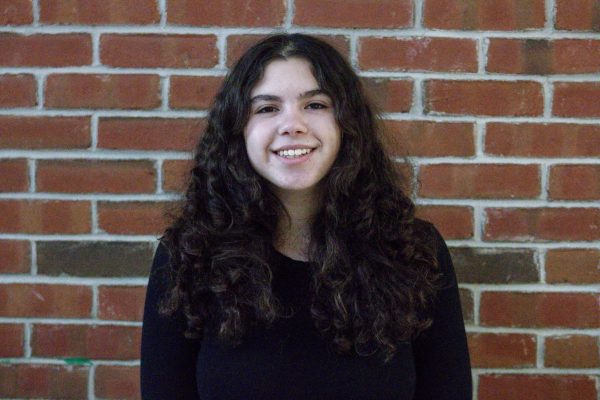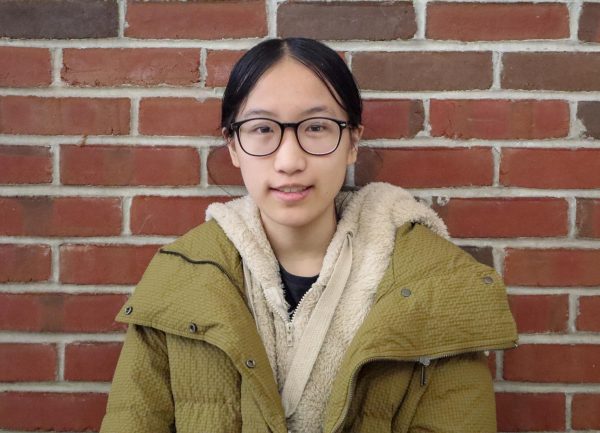Like Mars, Earth has gotten a second moon. Well kind of. According to a recent Sciam article published by Lee Billings, an asteroid named 2024 PT5 was detected close to Earth, and on September 9, 4 P.M. EDT was captured into Earth’s orbit. After this event, the asteroid was coined the term “Mini Moon”.
The asteroid was discovered on August 7 by an observatory in South Africa. This asteroid, part of the Arjuna family, will only be with us for a short time and is expected to be pulled away from its near-Earth orbit by the Sun’s gravitational force by November 25, 2024.
But what makes this asteroid a “mini-moon”? It turns out that this term has a limited consensus among scientists, where many astronomers are not quite ready to call these asteroids new moons.
On a good note, the news of this new “moon” has exciting possibilities.
“This is really cool and I hope we’ll be like Jupiter and keep collecting these moons like Pokémon cards,” sophomore Callie Deng said.
Scientists believe these “mini-moons” have visited our planet in years past, though modern telescopes have only allowed us to document four so far. In 1981, the 2022 NX1 asteroid was recorded as a double mini-moon reappearing for its second appearance in 2021. Additionally, scientists predict 2024 PT5 will make its reappearance in 2055. Science teacher Karl Kovacs is inspired by the discovery.
“As we pick up more of these mini moons, we are expanding the definition of the moon and can now use it correctly, “ Dr. Kovacs said.
However, not all experts are convinced. In a StarTalk Youtube video, astrophysicist Neil deGrasse Tyson voiced his skepticism as he argued that 2024 PT5 is too small and isn’t captured by Earth for enough time to be called a “mini-moon.” He went so far as to say that labeling this “33 foot” rock as a “mini-moon” is nothing more than science “clickbait” to drum up a bit of interest.
Adding to the confusion, there are human-made artificial objects in near-earth orbits that could fit the definition of a “mini-moon.” These objects include the International Space Station (ISS) and various satellites.
“These natural and artificial satellites could interact with each other and influence their orbits. Nevertheless, this is an exciting time for space exploration and the understanding of our surroundings, “Dr. Kovacs said.
If you would like to voice your opinion on an issue you feel is relevant to our community, please do so here. Anyone is able and welcome to submit a Letter to the Editor, regardless of journalistic experience or writing skills. Submissions may be published either online or in a print issue.


